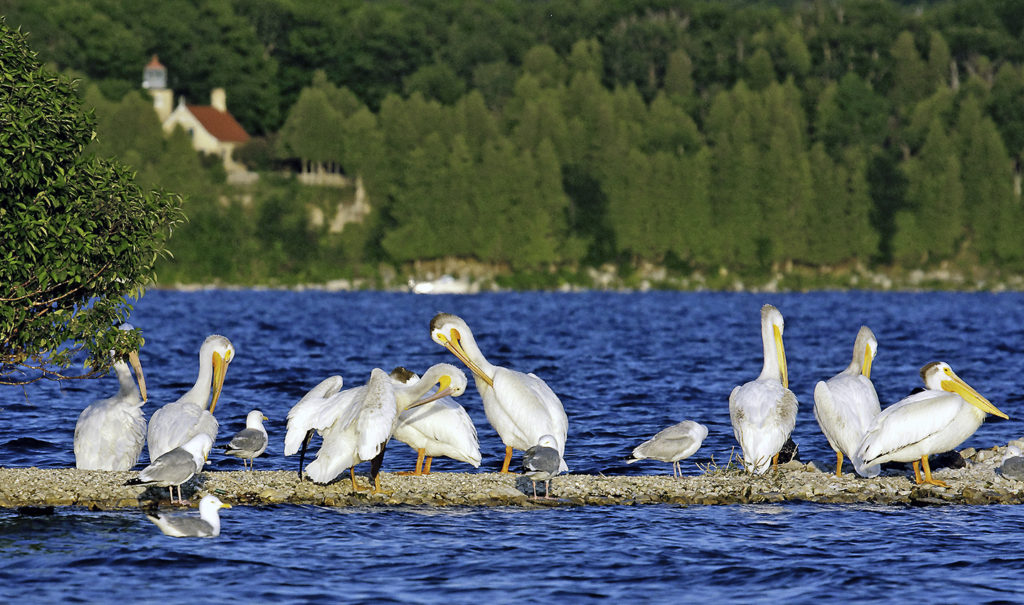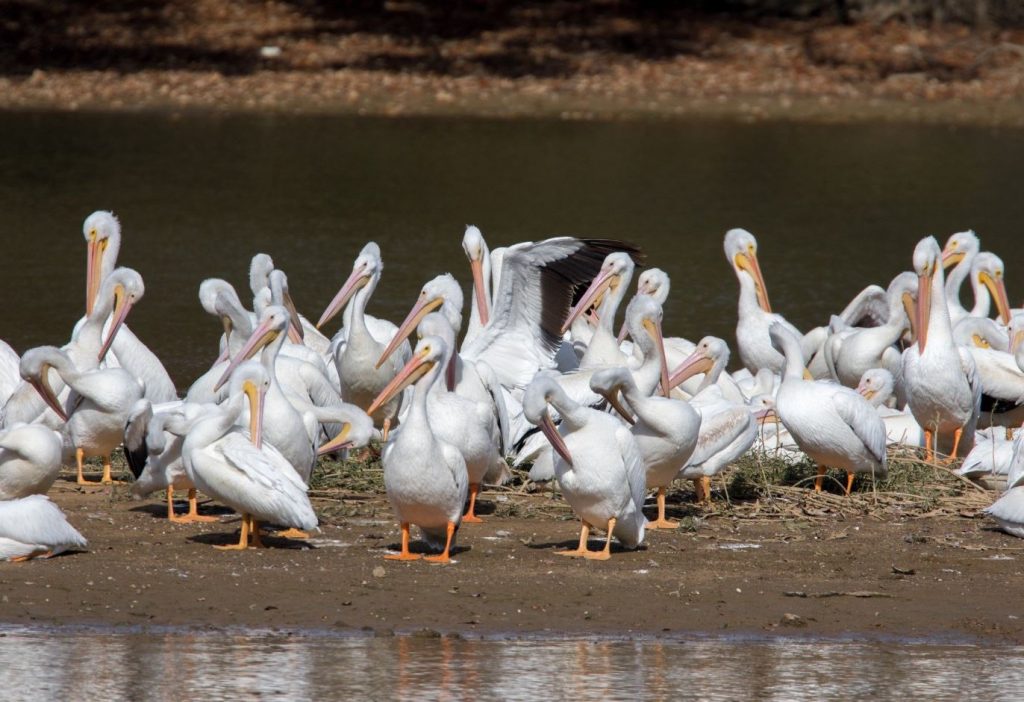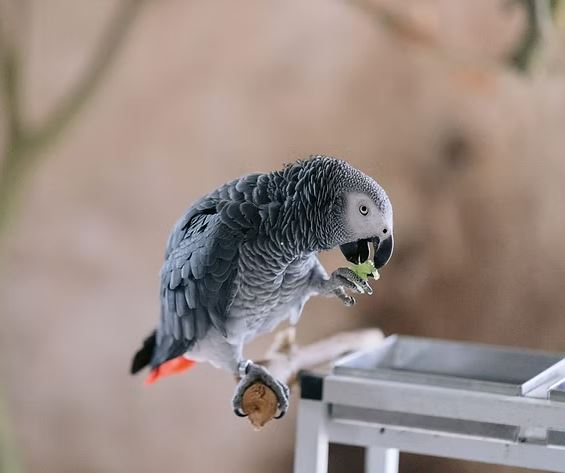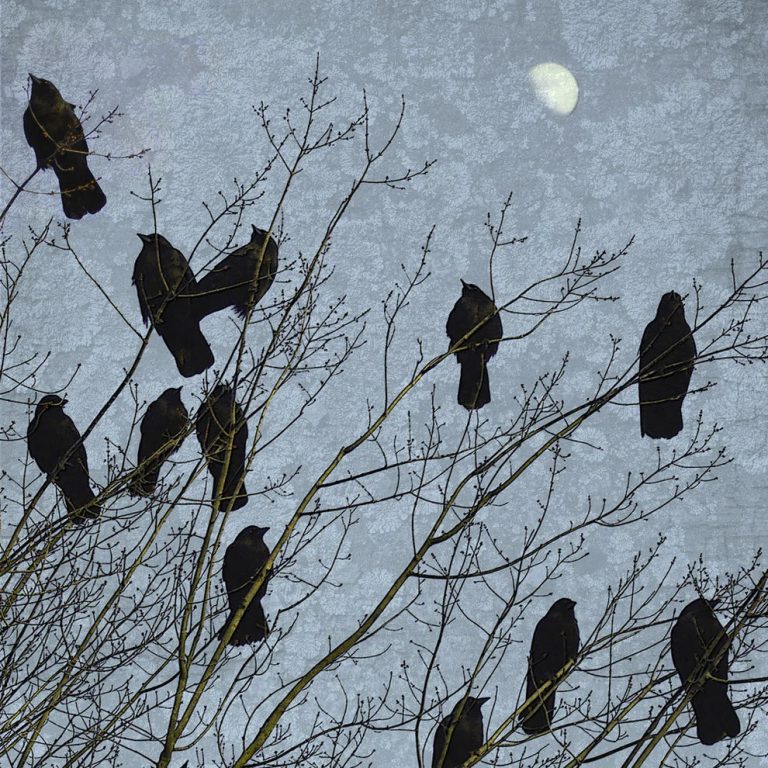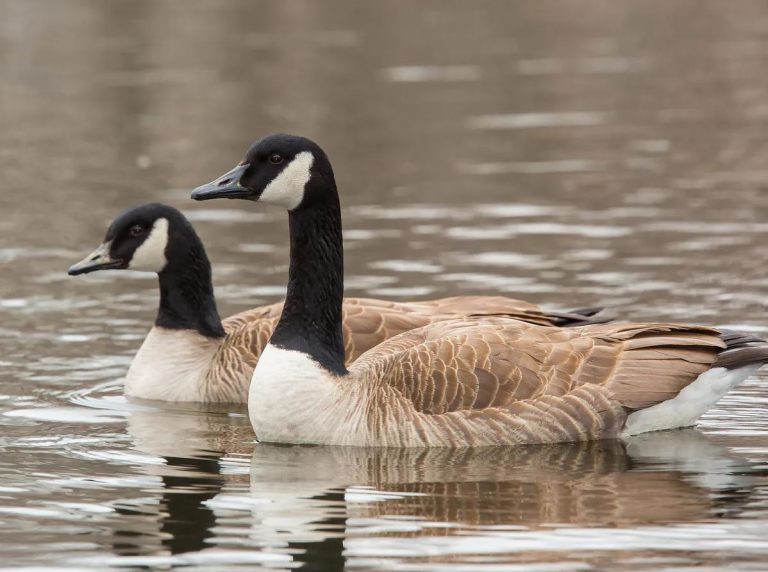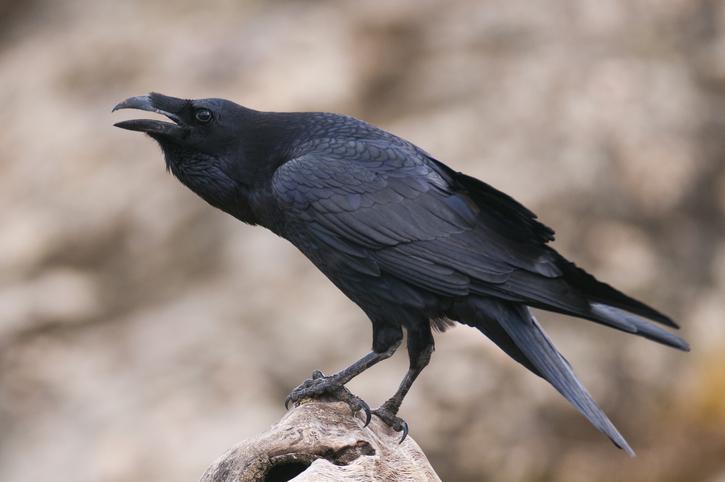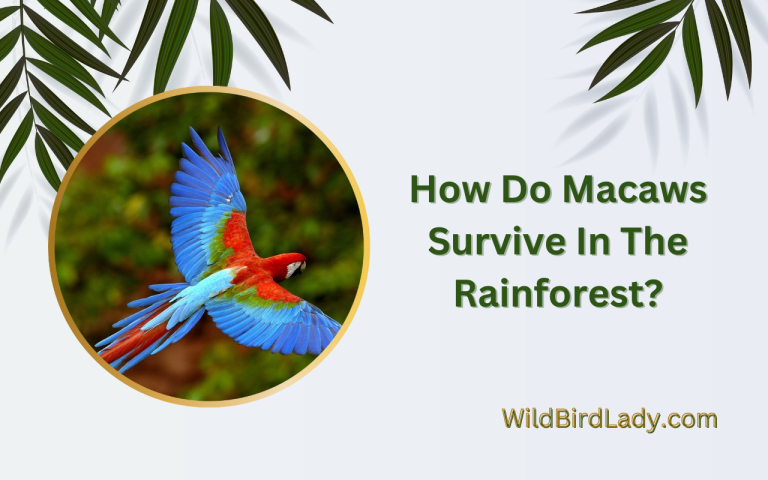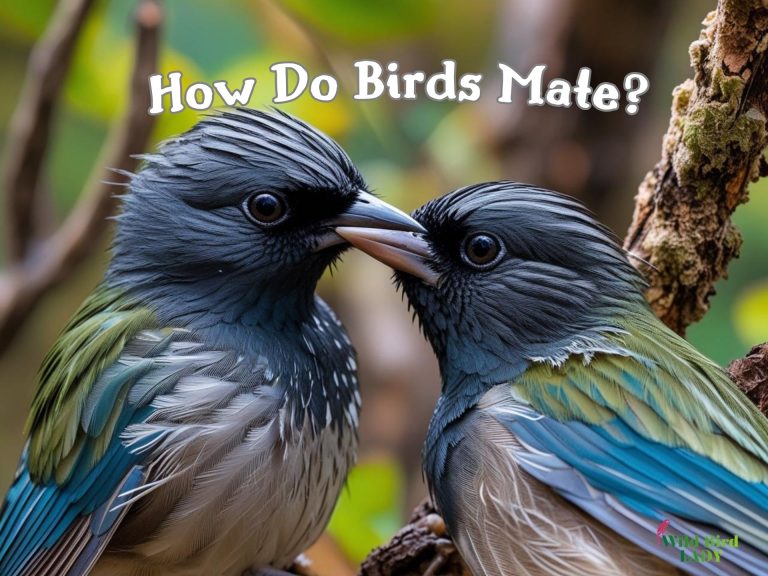What Is a Group of Pelicans Called? The Surprising Name Behind These Coastal Giants
Pelicans are among the most recognizable birds in the world, thanks to their oversized bills and graceful gliding over lakes, rivers, and coastlines. But have you ever wondered: what is a group of pelicans called? The answer might surprise you—not just one name, but several, depending on the context and behavior of these fascinating birds.
In this article, we’ll explore the official and unofficial names for a group of pelicans, the reasons behind those names, and dive into the social behaviors of pelicans that make their group dynamics so intriguing. From quirky terms like “pod” and “squadron” to majestic formations in the sky, let’s unravel everything you need to know about groups of pelicans.
What Is a Group of Pelicans Called?
The most commonly accepted answer to “what is a group of pelicans called?” is a “pod”. This term is used broadly to describe a group of pelicans either resting on land or floating together on the water.
However, that’s not the only name.
A group of pelicans can also be called a:
- Squadron – when flying in formation
- Flock – a general term for any group of birds
- Brief – a rare and older term
- Pouch – a humorous reference to their iconic throat pouches
So technically, a group of pelicans is called a pod, but depending on the situation, other names may be more descriptive or poetic.
Origins of the Term “Pod”
The word pod is often associated with marine animals, especially whales and dolphins. However, it has also been extended to some bird species that show cohesive, aquatic group behaviors—like pelicans. The term reflects not just their physical grouping but also their cooperative nature, especially when hunting.
Alternative Names for a Group of Pelicans
Let’s take a closer look at the various names you might hear when describing a group of pelicans:
| Term | When It’s Used | Why It’s Used |
|---|---|---|
| Pod | On land or water | Reflects the cohesive nature of the group |
| Squadron | In flight | Due to their military-like flying formation |
| Flock | General usage | Common for all bird species |
| Pouch | Humorous, informal | Reference to their throat pouch |
| Brief | Archaic or poetic contexts | Rare, literary in tone |
Each term paints a different picture of pelican behavior, whether they’re soaring through the skies or gliding over water in search of fish.
Why Do Pelicans Gather in Groups?
Pelicans are highly social birds, and they gather for several important reasons:
- Safety in Numbers: Grouping helps them detect and deter predators.
- Efficient Feeding: Many pelicans fish cooperatively, herding fish into shallow areas.
- Breeding Success: Most pelican species nest in dense colonies, enhancing reproductive success.
- Migration and Navigation: Flying in a squadron reduces energy usage and improves orientation.
These behaviors not only help individual pelicans survive but also strengthen the species as a whole.
Group Behavior of Pelicans
Unlike some birds that are only loosely social, pelicans exhibit complex and cooperative behaviors when they’re in groups. Here are a few of the most fascinating:
Cooperative Fishing
In shallow waters, pelicans will often form a semicircle and flap their wings in unison to herd fish toward the shore. Once the fish are trapped, they scoop them up in their throat pouches.
Preening Parties
Pelicans spend a lot of time preening their feathers to stay waterproof. In a pod, they often preen in synchrony—a sight that’s both comical and calming to witness.
Communal Roosting
At night, a group of pelicans will rest together on sandbars, mangroves, or lake islands. Communal roosting helps them stay warm and avoid surprise attacks from nocturnal predators.
Famous Pelican Formations: Flight in a “Squadron”
One of the most majestic sights in birdwatching is a squadron of pelicans flying in formation. Unlike most birds that form V-shapes, pelicans often fly in a loose single-file or diagonal line, using updrafts and air currents to glide for long distances without flapping.
Brown Pelicans, in particular, are known for their stunning coastal flyovers, cruising just above the water’s surface to ride the “ground effect”—a cushion of air that minimizes drag.
Breeding Colonies: Where the “Flock” Thrives
Pelican breeding behavior is another example of their social structure. Most species breed in large colonies, sometimes numbering in the thousands.
During breeding season, a group of pelicans—now aptly called a flock—gathers on remote islands or protected wetlands to:
- Build nests close together
- Engage in courtship rituals (like bill clapping or pouch shaking)
- Defend nesting territory
- Feed their chicks communally
The white pelican, for example, will sometimes form floating crèches where several parents watch over a mass of chicks while others go out to fish.
Species That Tend to Flock More Often
Not all pelicans are equally social. Here are a few that commonly form large groups of pelicans:
American White Pelican
- Common in inland lakes and marshes
- Frequently seen in large pods or flocks
- Known for cooperative feeding and soaring migration
Brown Pelican
- Coastal, especially in North and Central America
- Fly in squadrons along the beach
- Nest in dense island colonies
Great White Pelican
- Found in Africa, parts of Europe, and Asia
- Very social, with thousands nesting together
- Groups often feed in synchronization
Pelicans in Folklore and Symbolism
Throughout history, a group of pelicans has symbolized community, sacrifice, and generosity. In Christian iconography, the pelican became a symbol of self-sacrifice, based on a medieval myth that it would pierce its own chest to feed its young.
In modern times, pelicans have also come to represent:
- Environmental protection (they were a key symbol during DDT pesticide bans)
- Team spirit and unity (e.g., sports teams like the New Orleans Pelicans)
- Grace and strength in flight
So the next time you see a group of pelicans, you might be witnessing more than just birds on the move—you’re seeing a living emblem of community.
FAQs About Groups of Pelicans
Q: What is a group of pelicans called when flying?
A: It’s called a squadron due to their organized, graceful flight formation.
Q: What is a group of pelicans called on water?
A: The most accepted term is a pod, especially when they’re floating or fishing together.
Q: Is “flock” a correct term for pelicans?
A: Yes, “flock” is a general term for bird groups, including pelicans, particularly in flight or during migration.
Q: Do pelicans live alone or in groups?
A: Pelicans are highly social and almost always live, migrate, and breed in groups.
Q: Are all pelican species social?
A: Most are, but the level of social behavior varies slightly by species and environment.
Final Thoughts
So, what is a group of pelicans called? While “pod” is the most accurate term for a group on water or land, “squadron” describes their stunning aerial formations, and “flock” captures their broader social gatherings. Regardless of the name, one thing’s clear—pelicans are deeply social, cooperative, and mesmerizing birds.
Next time you see a group of these giant-beaked wonders soaring overhead or gathered on a sandbar, you’ll not only know what to call them—you’ll understand the beautiful dynamics behind their group behavior.
Read Also:

